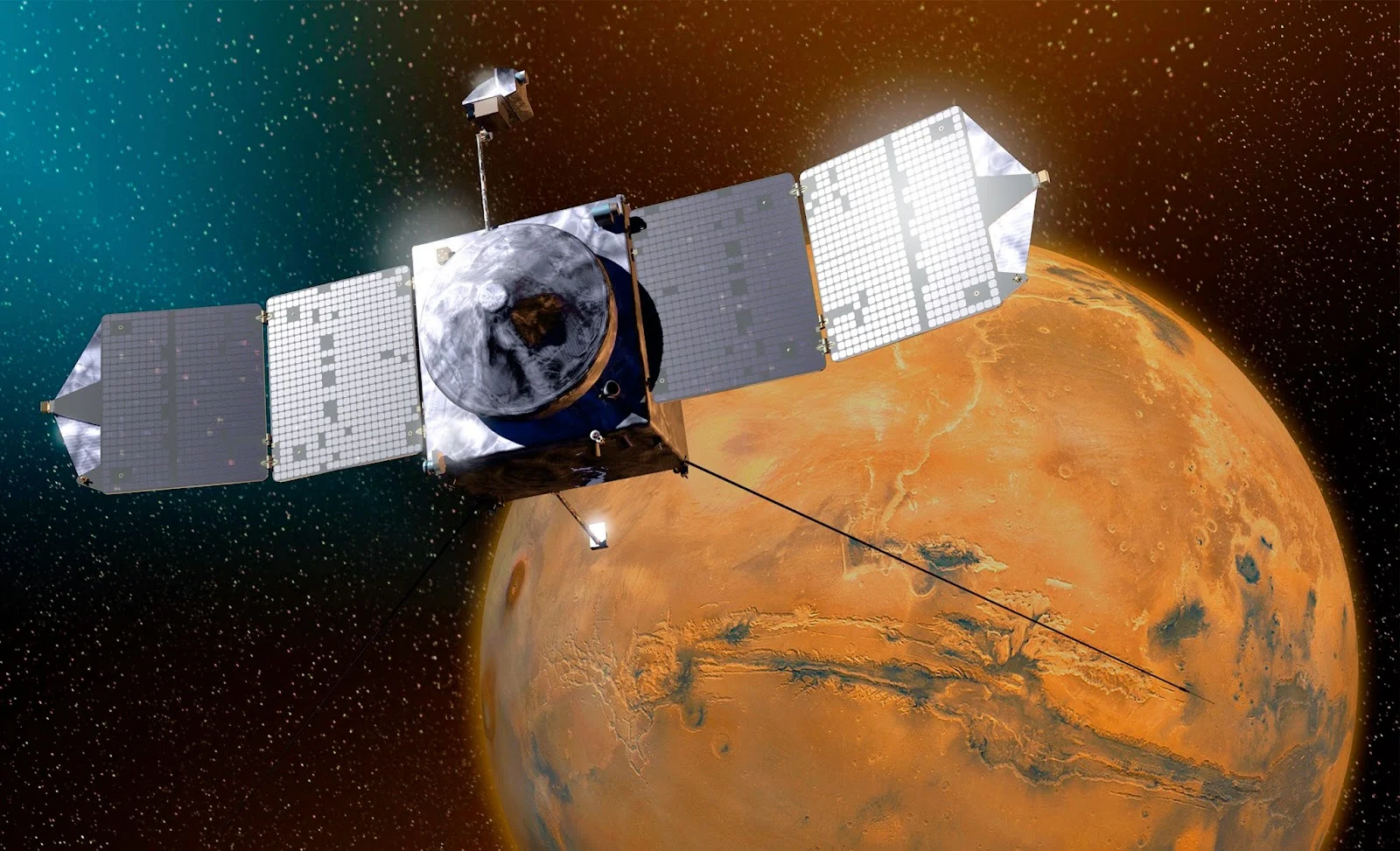Le cargo privé Dragon s'est séparé mardi à 19h10 UTC du module américain Harmony de la Station spatiale internationale (ISS), a annoncé la NASA.
Le vaisseau de transport tombera dans le Pacifique, à l'ouest de la Californie, six heures plus tard, mercredi vers 00h44 UTC, ramenant sur Terre 1,5 tonne de fret, principalement des résultats d'expériences scientifiques réalisées en orbite.
Dragon a décollé le 10 janvier dernier. Il s'est arrimé à l'ISS deux jours plus tard, transportant plus de 2 tonnes de fret en orbite.
Le cargo Dragon est actuellement le seul vaisseau spatial capable de ramener des cargaisons sur Terre. Il s'agit du cinquième des douze vols prévus par un contrat passé entre la société américaine SpaceX, conceptrice de la capsule Dragon, et la NASA en décembre 2008.
Le premier vol commercial d'un Dragon s'est officiellement tenu en octobre 2012. En mai 2012, ce vaisseau de transport est devenu le premier cargo privé à s'arrimer à l'ISS.
[sputniknews.com]
10/2/15
--
Related:
Le vaisseau de transport tombera dans le Pacifique, à l'ouest de la Californie, six heures plus tard, mercredi vers 00h44 UTC, ramenant sur Terre 1,5 tonne de fret, principalement des résultats d'expériences scientifiques réalisées en orbite.
Dragon a décollé le 10 janvier dernier. Il s'est arrimé à l'ISS deux jours plus tard, transportant plus de 2 tonnes de fret en orbite.
Le cargo Dragon est actuellement le seul vaisseau spatial capable de ramener des cargaisons sur Terre. Il s'agit du cinquième des douze vols prévus par un contrat passé entre la société américaine SpaceX, conceptrice de la capsule Dragon, et la NASA en décembre 2008.
Le premier vol commercial d'un Dragon s'est officiellement tenu en octobre 2012. En mai 2012, ce vaisseau de transport est devenu le premier cargo privé à s'arrimer à l'ISS.
[sputniknews.com]
10/2/15
--
Related:
US Dragon Spacecraft Blasts Off to ISS, Falcon 9 Rocket Landing Fails
- The American cargo spacecraft Dragon that was launched last Saturday from Cape Canaveral, Florida, to the International Space Station (ISS) is to dock with the orbiting station on Monday...


















 GR
GR FR
FR DE
DE ES
ES IT
IT RU
RU EU
EU